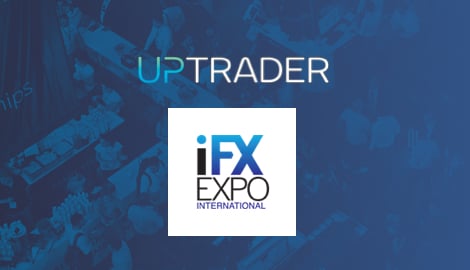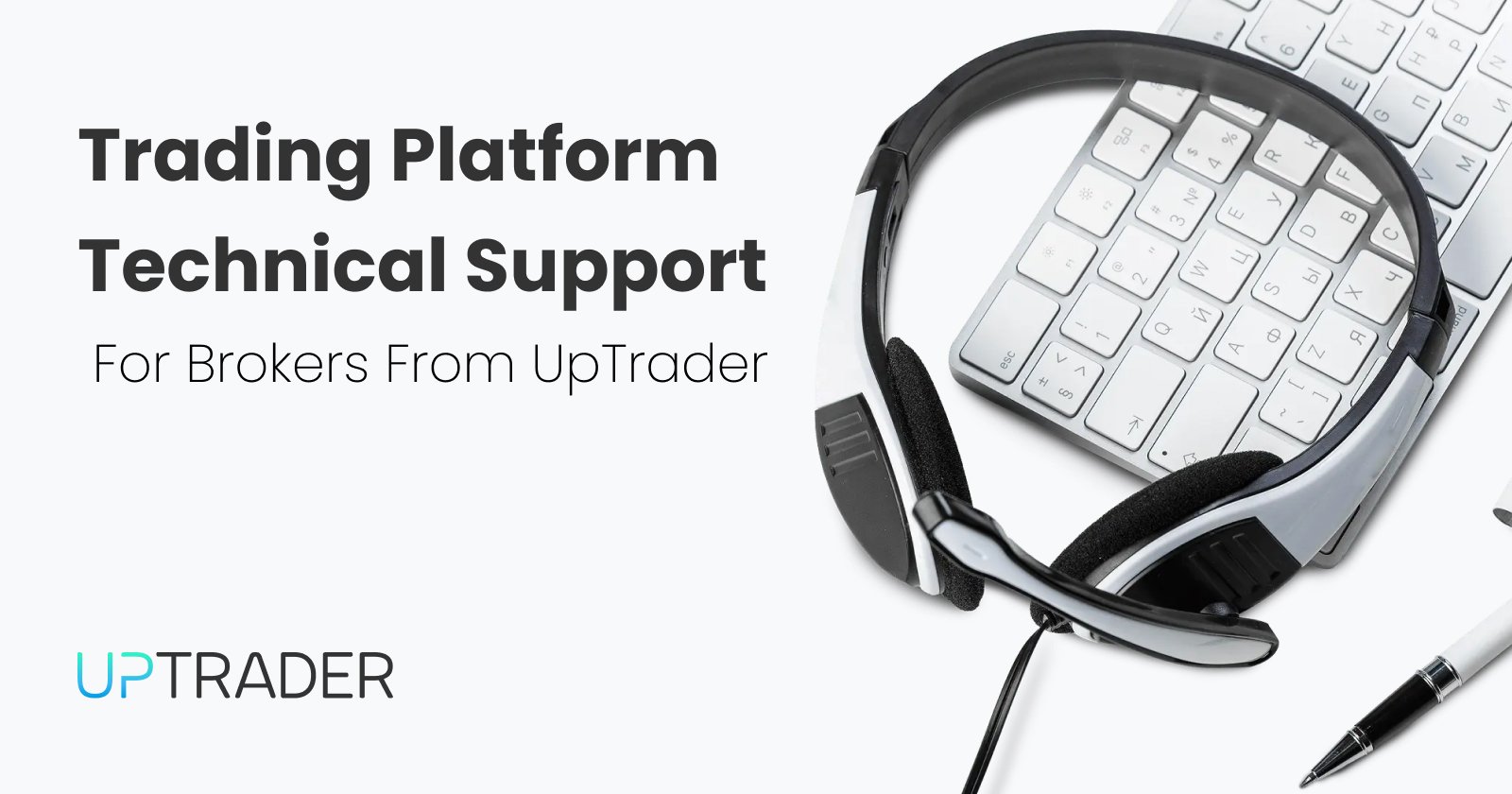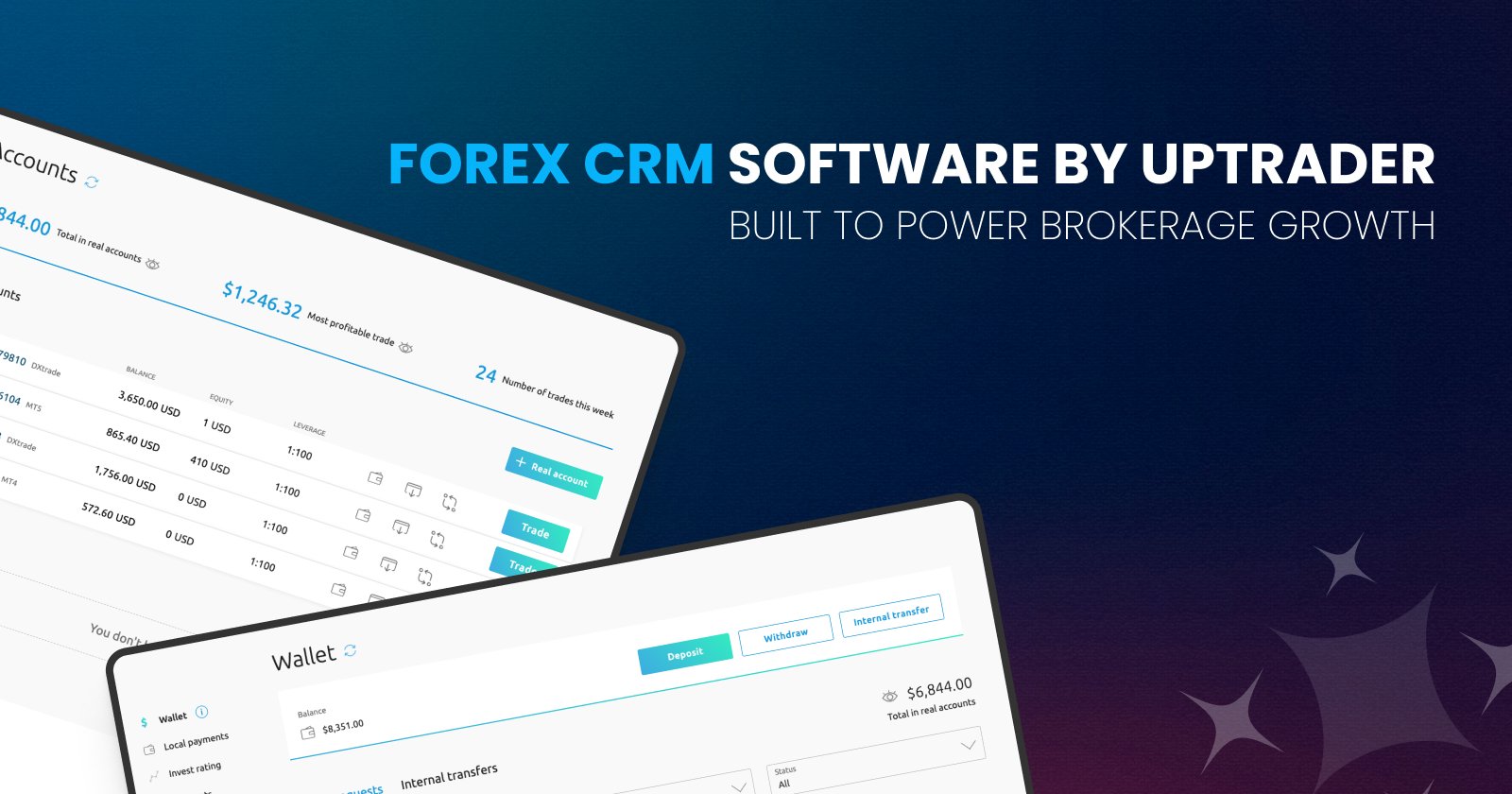UpTrader will attend iFX EXPO, Limassol 2019

Share this publication:
UpTrader team is looking forward to meeting with FinTech potential business partners on iFX EXPO, Limassol 21–23 of May.
UpTrader will attend iFX EXPO in Limassol on 21st-23rd May as it wants to keep up to date and explore new trends of FinTech industry! Also, it is a great opportunity to strengthen its business globally and arrange new partnerships.
Participation in the largest financial business to business expo in the world is a promising opportunity for UpTrader to connect its innovative software and liquidity solutions with retail FinTech industry, ForEx, banks, affiliates brokers and white label partners.
We would be glad to meet if you are attending the event and discuss meaningful cooperation for your company and optimize each other’s business.
Kindly let us know your availability so we can schedule the meeting.







